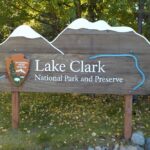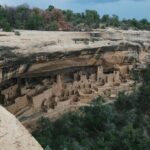Quick Bits:
Nestled in southern Colorado, Great Sand Dunes National Park showcases towering dunes, alpine lakes, forests, wetlands, and rugged peaks. A destination for adventure, serenity, and nature enthusiasts.
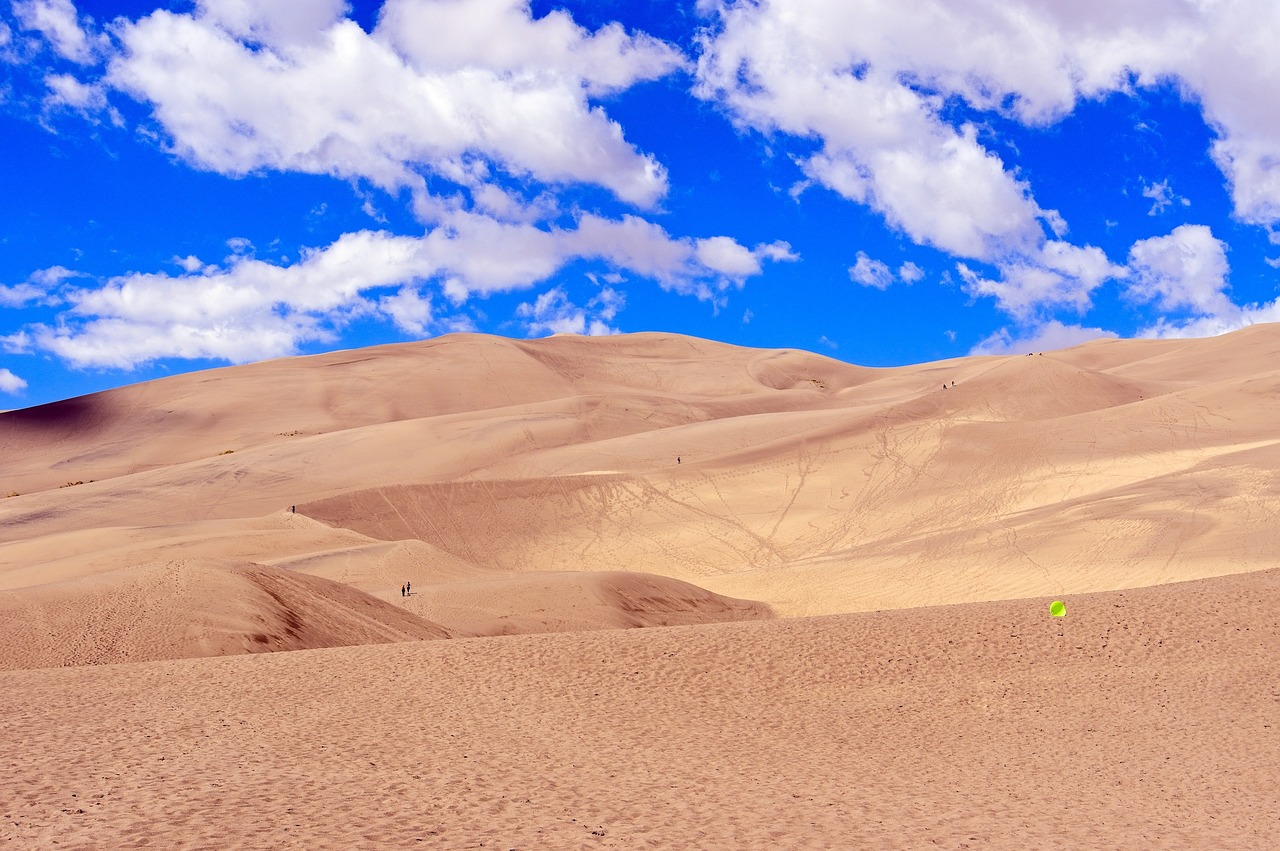
Key Highlights
- Home to North America’s tallest dunes, some rising over 750 feet.
-
Features diverse landscapes, including grasslands, wetlands, and alpine tundra.
-
Offers activities like sandboarding, hiking, stargazing, and wildlife spotting.
-
Renowned for its pristine night skies and seasonal Medano Creek.
General Information
Great Sand Dunes National Park sits in Colorado’s San Luis Valley. Covering over 149,000 acres, the park balances vast sandscapes with lush habitats. Its appeal lies in its striking contrasts — vast dunes surrounded by snow-capped peaks of the Sangre de Cristo Range. Declared a national park in 2004, it remains a haven for nature lovers.
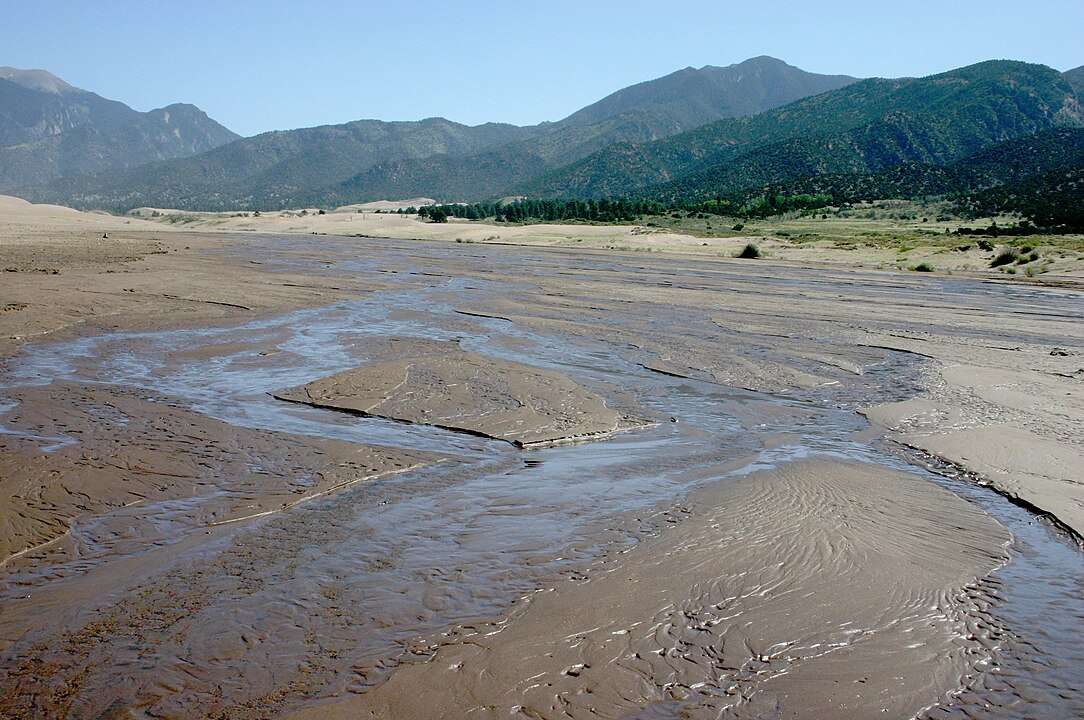
Geography Information
This unique park owes its existence to wind, water, and time. The dunes formed over thousands of years as sand from the Rio Grande and nearby mountains accumulated. Strong westerly winds shaped the mounds into their current forms. The surrounding terrain offers more than sand, with forests, streams, and wetlands supporting diverse ecosystems.
The elevation ranges from 7,500 to over 13,000 feet. This variety fosters rich biodiversity, with species like elk, black bears, mountain lions, and rare amphibians finding refuge here.
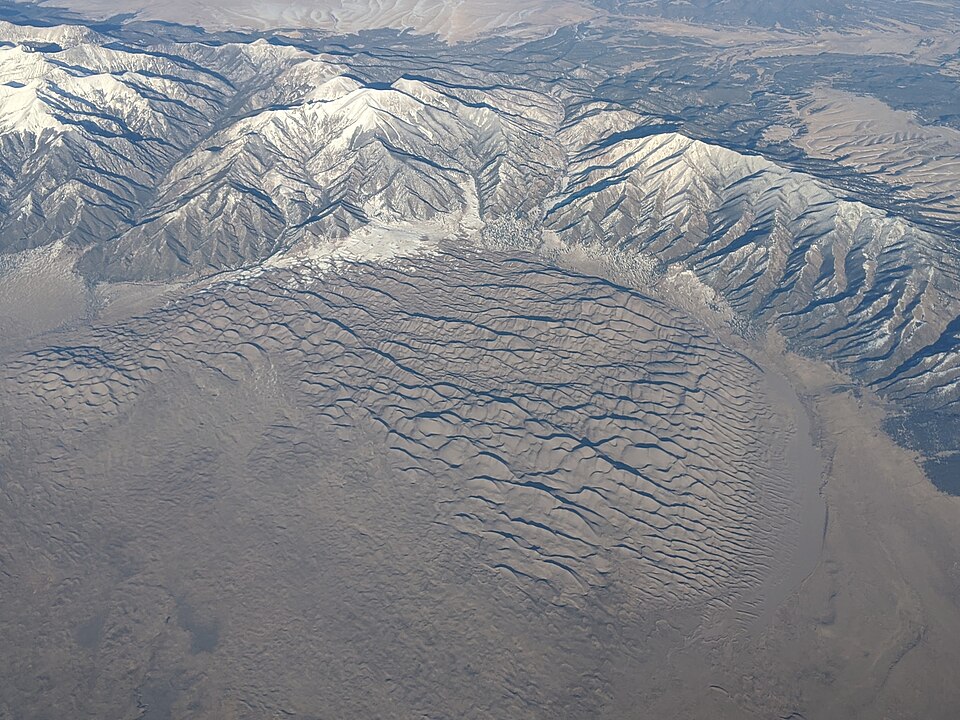
Places to Visit
1. High Dune on the First Ridge
A moderate 2.5-mile round trip, this trail leads to the top of a dune with panoramic views of the sandscape. Perfect for beginners and photographers.
2. Medano Creek
Seasonal and ephemeral, Medano Creek draws families to splash and relax in spring and early summer. Its wave-like flows are unique in North America.
3. Star Dune
The tallest dune in the park, reaching 755 feet. This challenging trek rewards climbers with sweeping views and a sense of achievement.
4. Zapata Falls
A short drive from the park, this hidden gem offers a scenic hike and a chance to cool off near cascading water.
5. Mosca Pass Trail
A historic trail through a forested canyon, ideal for hikers seeking solitude and cooler surroundings.
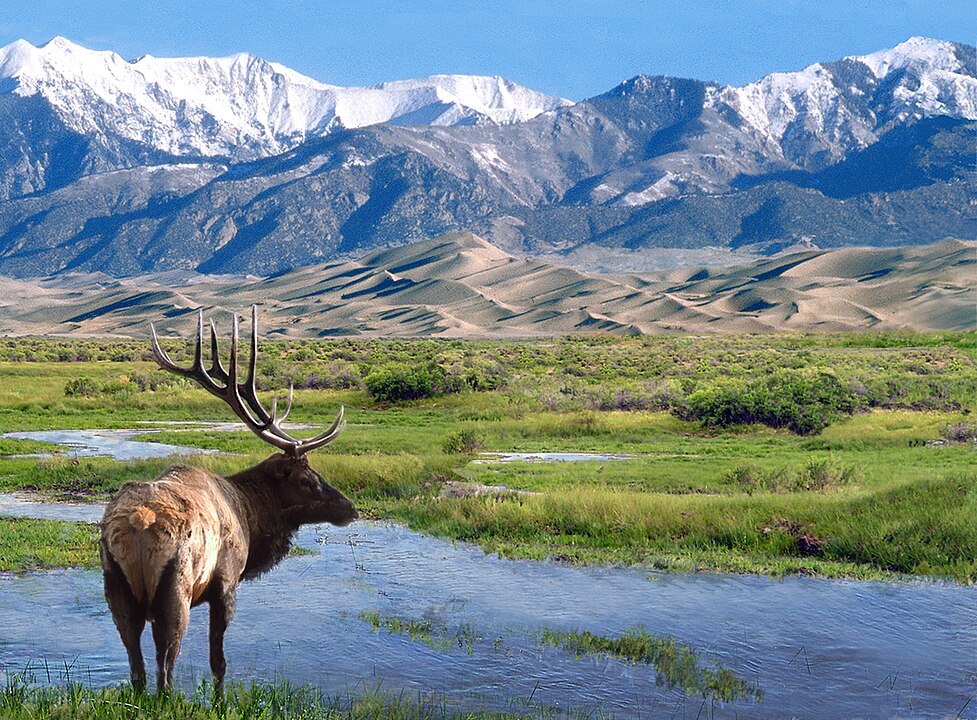
Yearly Climate
-
Spring: Cool mornings and mild days. Medano Creek begins to flow as snow melts.
-
Summer: Hot days with cooler nights. Afternoon thunderstorms are common.
-
Fall: Crisp, clear days. A prime time for hiking and photography.
-
Winter: Snow blankets the dunes. Daytime temperatures remain cool, and nights drop below freezing.
est Time of Year to Visit
Late May to early June is ideal. This period offers the unique phenomenon of Medano Creek alongside warm, pleasant weather. For fewer crowds, consider late September or October, when autumn’s colors frame the dunes.

In Summary…
Great Sand Dunes National Park blends natural beauty with adventure. Its towering dunes, diverse habitats, and endless skies leave a lasting impression. Whether you hike, sandboard, or stargaze, this park promises a memorable escape.




